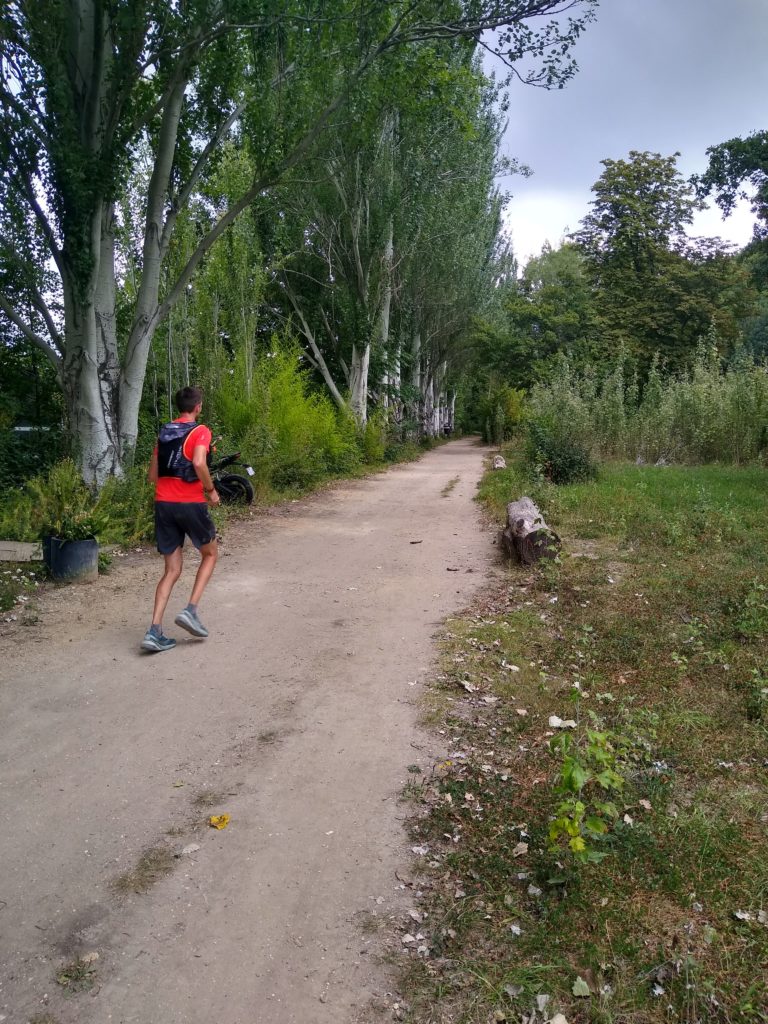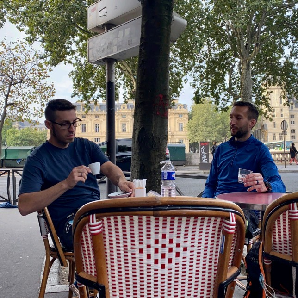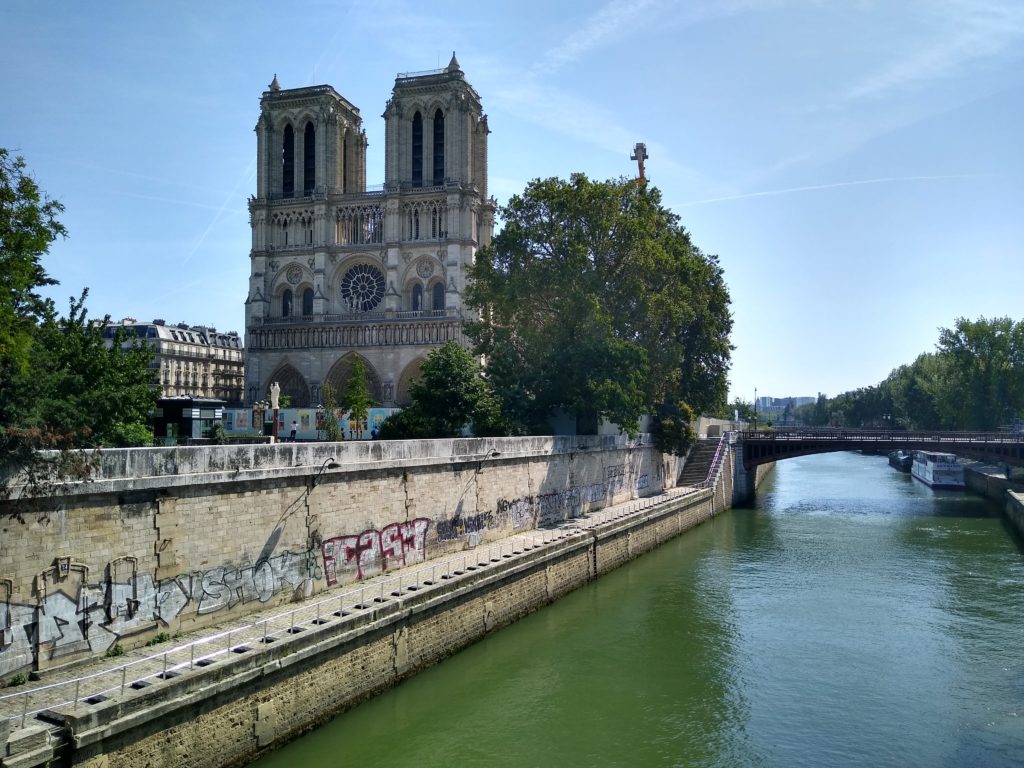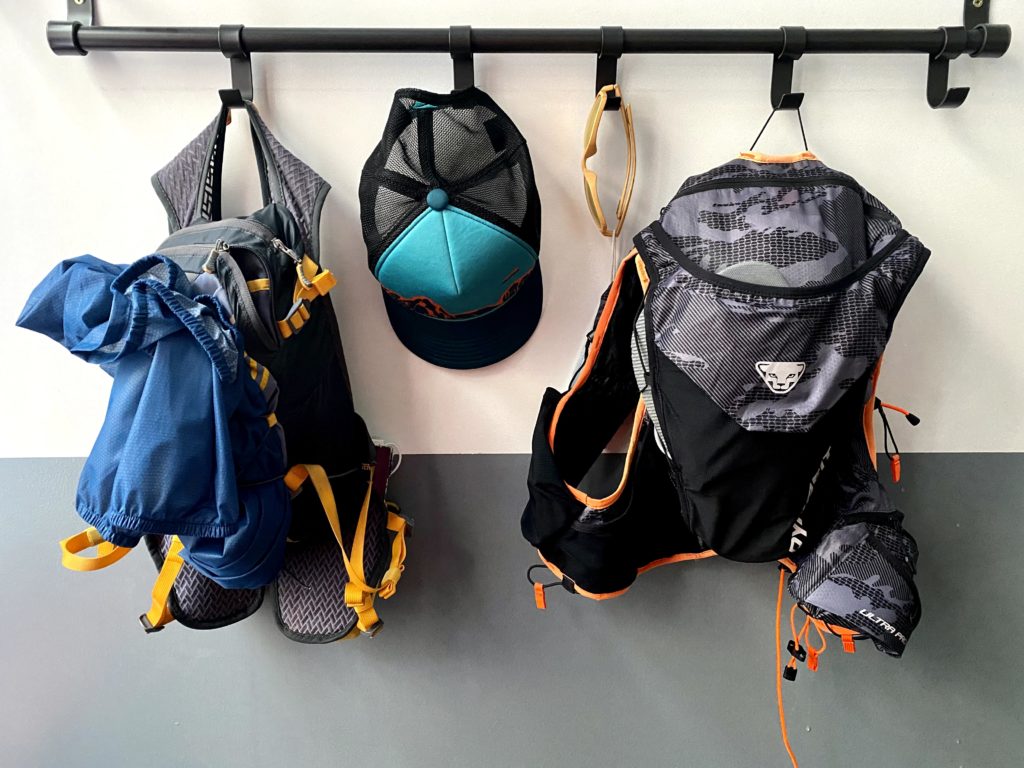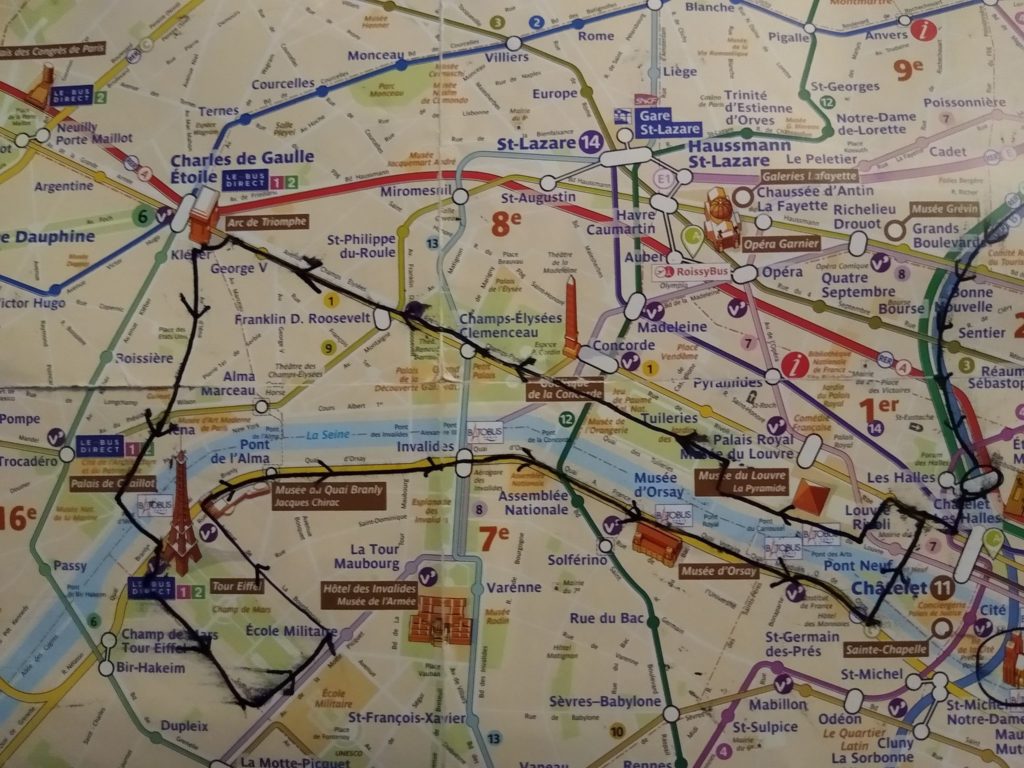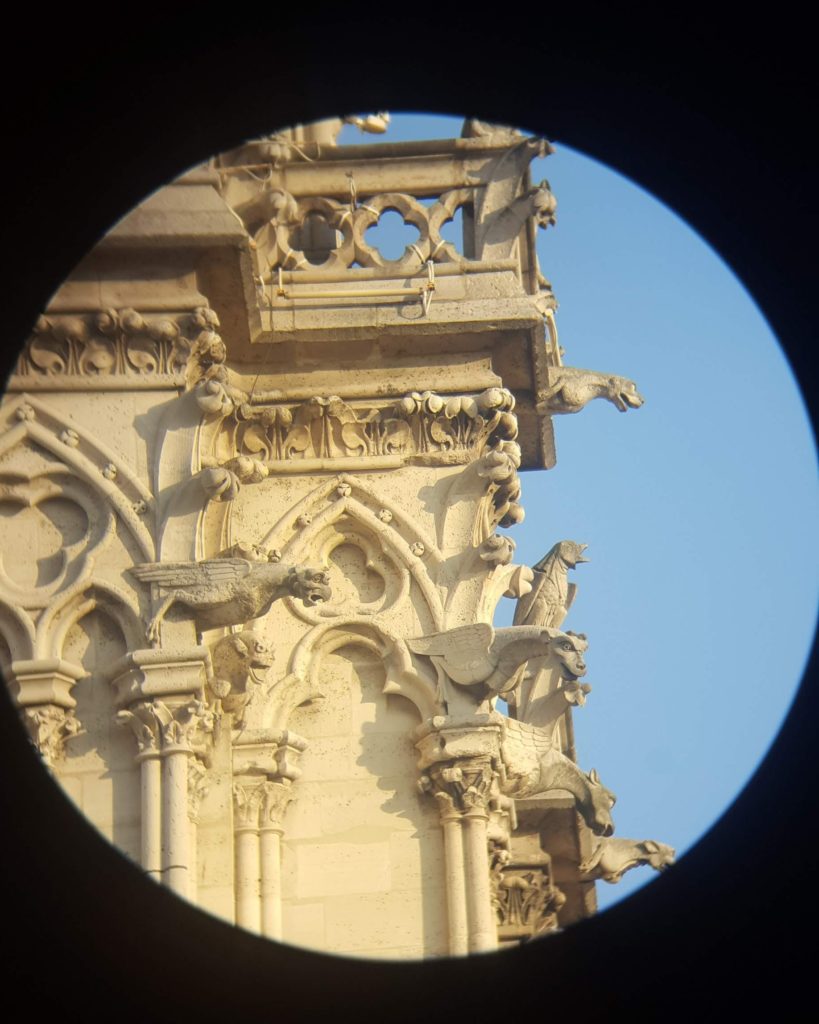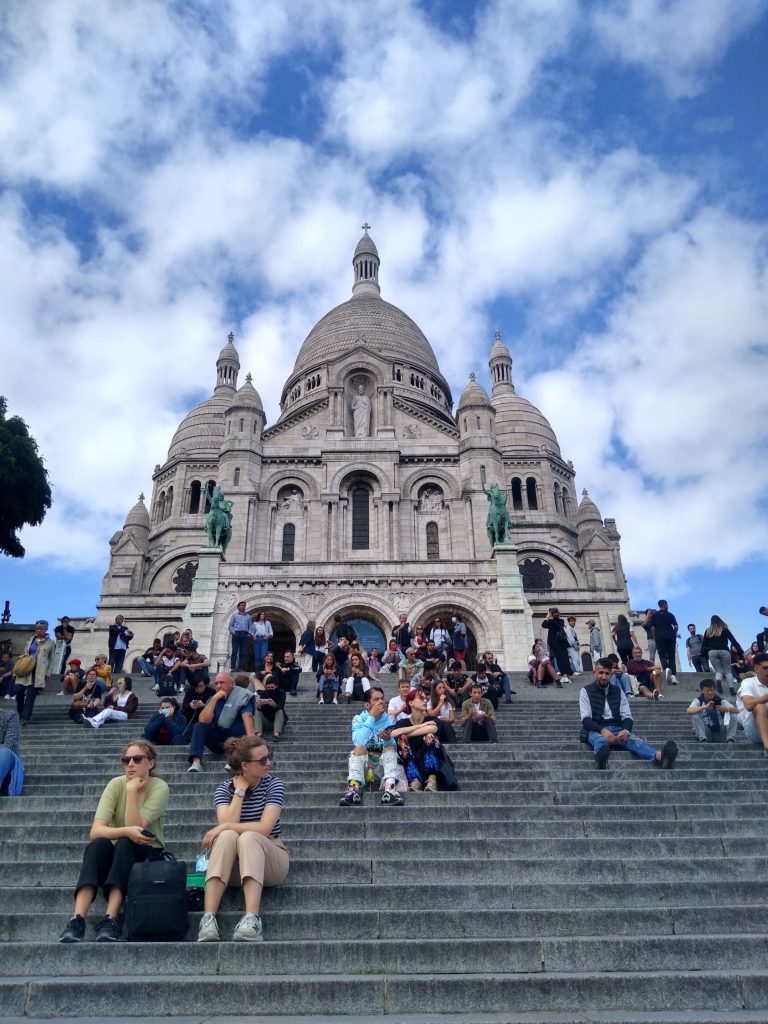
Travel Journal, 125
In August of 2021, me and a friend traveled to Paris to go for a run. Follow along with this map of our run. We ran 75 km over a day-and-a-half. Here’s how we did it:
Here is as good a time as any to remind you that our run took place in August of 2021 and Covid restrictions in France were outrageous. Masks were still in use and vaccine and tests were also required. Since I am a US resident, I simply kept my vaccine card with me during the day. Seth on the other hand is an EU resident. At the time, EU residents were required to print off and carry a specific sheet of paper with a QR scannable code. Everywhere we went for coffee, food, grocery, or any store, proprietors checked my card and scanned Seth’s code. And it was getting old. I kept my card handy, but made sure to protect it. Seth had no card, just a flimsy piece of paper which had begun to break down. But we finally got past the grocery store guard (yes, guard), and started hunting for food.
We exited the store with two bags of delights and looked for a place to eat. The river always gives travelers a location to sit and have a meal. We found a bench across from a large boat and tucked into our feast of Red Bull, chocolate wafer cookies, dates, and ginger ale. As we sat near the boat, a man walked up to us and began to ask us if we needed help. Taken aback, we told him we were doing just fine, thank you. He pointed to the boat and I saw the sign which declared that we were sitting at the entrance of the Parisian Salvation Army. We must have been quite the site sitting there in our ragged running clothes eating junk food, waiting for the Salvation Army to open. I don’t often get mistaken for a homeless man. But when I look at some of my running pictures, I’m actually surprised it doesn’t happen more often.
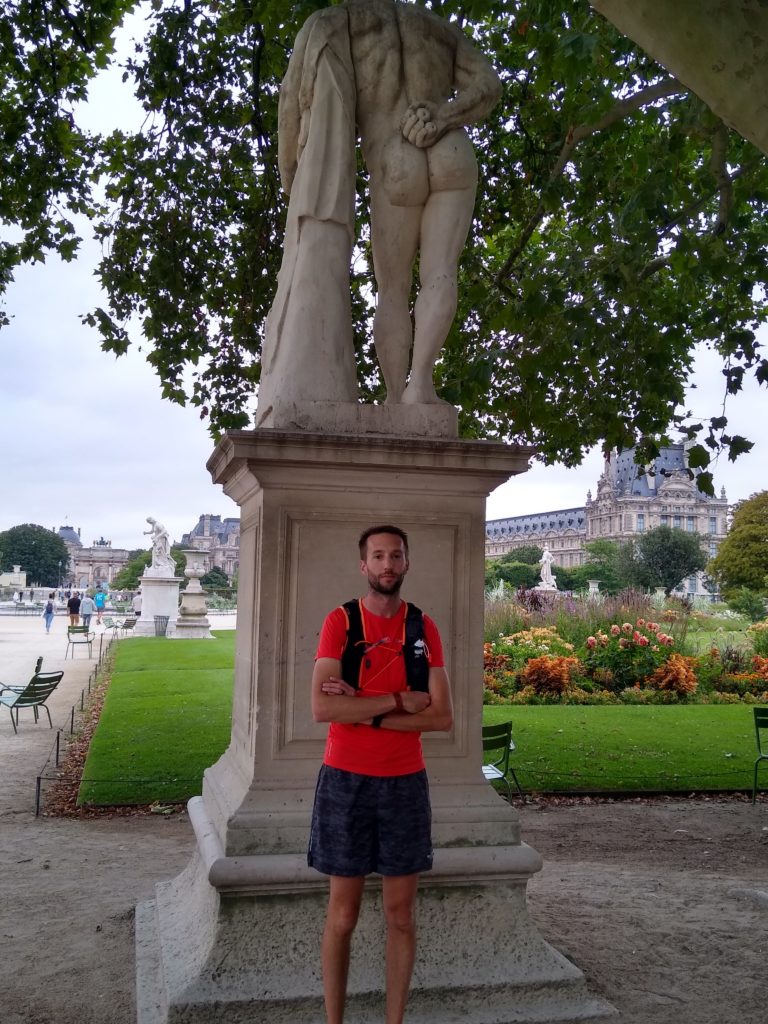
Homeless meal finished, we began running and turned right at boulevard Jean Jaures, leading us away from the river. The next goal was to get to the second most visited monument in Paris, Sacré-Cœur. This Basilica tends to be visited not for religious purposes, but mostly for the great view. The tiny streets leading up to the monument offer shops filled with knick-knacks of keychain Eiffel Towers and t-shirts brandishing the face of Mona Lisa. We snagged a slushy from a touristy vendor and looked up at Sacré-Cœur. It stands at the top of a hill. This may not seem problematic to most traveler. But Seth and I were already 28 miles into our day. Begrudgingly, we trudged up the 300 marble steps and gazed over Paris. The climb is definitely worth it. Even the naked eye reveals the major landmarks, even the Eiffel Tower which now hangs from your car keys.
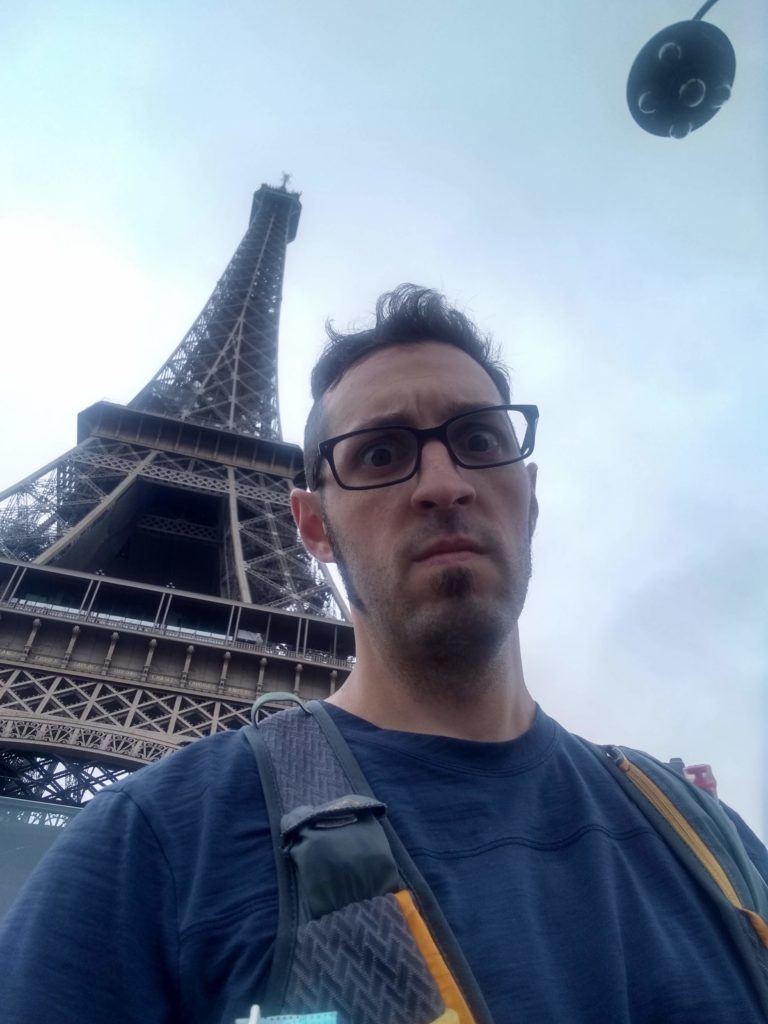
Our day was coming to a close. We had looped around from our hostel at Rue de Dunkerque, down to Notre Dame, followed the Seine for many miles, turned to Sacré-Cœur, and ended up back at the hostel. We put 31 miles or 50 km on our shoes throughout the day, and had an additional 15+ miles or 25 km the day before that. We showered and cleaned up and treated ourself to some more Indian curry…and then shawarma on the way back to the hostel.
Running the city of Paris may not be the best way to enjoy each monument and restaurant. But running a city gives the traveler a unique perspective, an overview. We landed in Paris and began running on a Tuesday, ran all day Wednesday, then left the country on Thursday. It was like taking a survey course on an intense subject. We saw highlights and locales which most tourist almost never see. Did I learn everything I need to know about Paris to, say, win an argument about the French Revolution with Seth the next time I see him? Probably not. But I promise you that we saw more of Paris in a day-and-a-half than most travelers can do in a week.
It’s not quality folks, it’s quantity.
Or is it the other way around?
anthony forrest
Part 1: getting there and getting started
Part 2: connecting and running
Part 3: architecture, coffee, and gravel paths
Follow along each week for the rest of our run along the Seine River in Paris.
